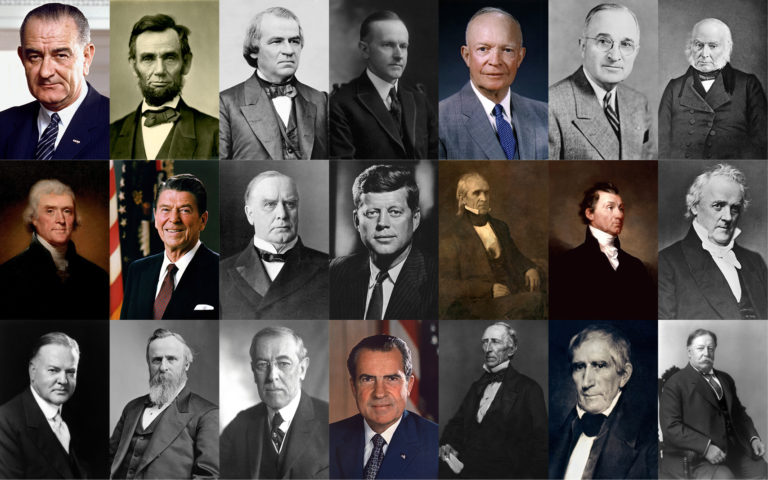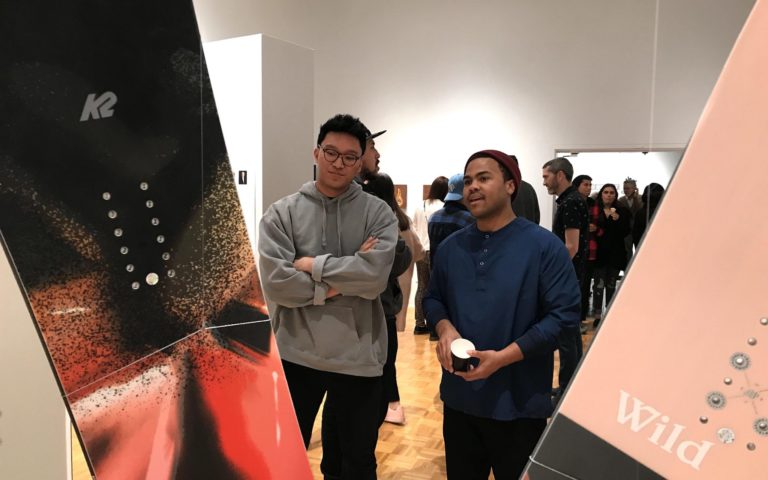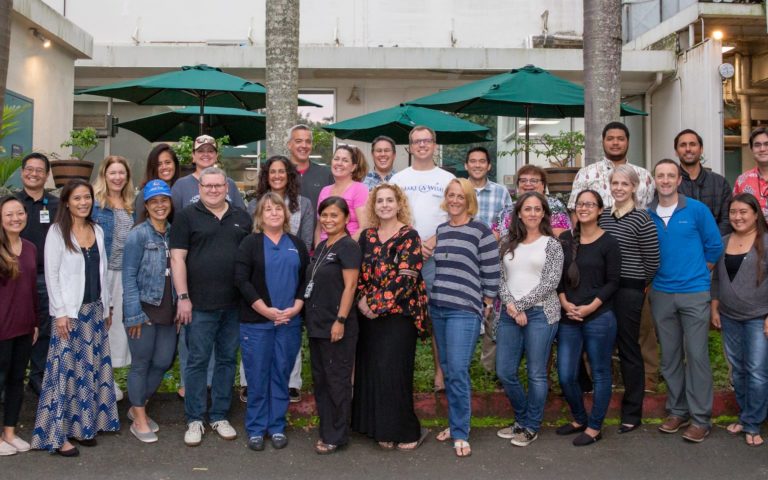We hold it, we see it, we listen to it: the digital age has seeped into everyone’s lives, and yet many young professionals haven’t tapped its potential when it comes to advancing their careers—or even getting a first “real” job. The advent of the internet and advances in technology have changed not only the way people interact with each other, but how they present themselves in the professional world. And that doesn’t just mean a digital presence on social media like Instagram or Twitter, although it’s true that according to a 2018 survey, “70 percent of employers use social media to screen candidates during the hiring process.” According to job search expert Alison Doyle, the ultimate digital presence for professionals is LinkedIn, “the top online site for professional, social and career networking.” With over 400 million members, it’s currently the world’s largest online gathering of professionals.
- Employers that use Social Media to influence hiring 70%
- LinkedIn users earn more than $75,000 in a year 49%
- U.S. College Graduates use LinkedIn 51%
- Recruiters that regularly use LinkedIn 90%
Getting a job in the 21st century hinges on much more than a nicely laid-out resume and a well-written cover letter. Career opportunities and growth depend on personal branding, networking strategies, and perhaps most importantly, staying current in a rapidly changing world. Instead of waiting until a job is necessary to try to build up a digital presence, most professionals like author and strategist Donna Serdula say it’s best to start now—even if one is already employed. Representatives from La Sierra University’s Office of Advising and Career Success (OACS) affirm that a consistent digital presence is important. Constructing a virtual identity is as important as a resume.
A well-rounded LinkedIn profile is beneficial for students and established professionals alike, partly because of its ease and social nature. While users can upload resumes and apply for jobs on the site, much of the appeal comes from the ability to recommend and endorse acquaintances. This allows users to cultivate relationships and help their colleagues, even if they don’t work at the same location. And in return, they also receive endorsements and recommendations that help potential employers learn more about their skillsets. An accurate and attractive profile reflects one’s value as a future employee, and is helpful in becoming a better job candidate.
In many ways, LinkedIn is like a mixture of Facebook profiles and Yelp reviews; profiles are being viewed by recruiters who are looking for applicants for positions with their company. “Employers are looking for you. Potential business partners and clients are looking for you. If they can’t find you on LinkedIn, you don’t exist,” explains John Razzouk, instructor in management and marketing for the Zapara School of Business. “In ZSB, we now ensure that every student experiences at least three classes which include a focus on developing and strengthening their LinkedIn profile and network.”
How to create a successful LinkedIn profile:
According to LinkedIn Influencer Bernard Marr, there are a few key choices you can make to help your profile be relevant and noticeable in the digital age.
- Professional Headshot—If you don’t have a nice photo of yourself, get one taken ASAP.
- Keywords in headline—Personalize your headline to describe your brand, using keywords that relate directly to your skills and career goals.
- Boast about your achievements—This isn’t the time to be reserved or shy. Talk about big accomplishments in your summary.
- Add media files—This can help you create a visual portfolio throughout your profile.
- Fill out everything you can—Even areas that aren’t included on your official resume should be as complete as possible on LinkedIn.
- Be current—When possible, only list work history that is relevant to your current career goals; avoid mentioning that one summer job that doesn’t apply to what you want to do now.
- Add links to relevant sites—But not personal blogs or Facebook profiles.
- Ask for recommendations—While you may receive endorsements without asking for them, you should reach out to people you know for specific recommendations.
- Share articles—When possible, let others know about industry-relevant content to show that you’re up on your game.












